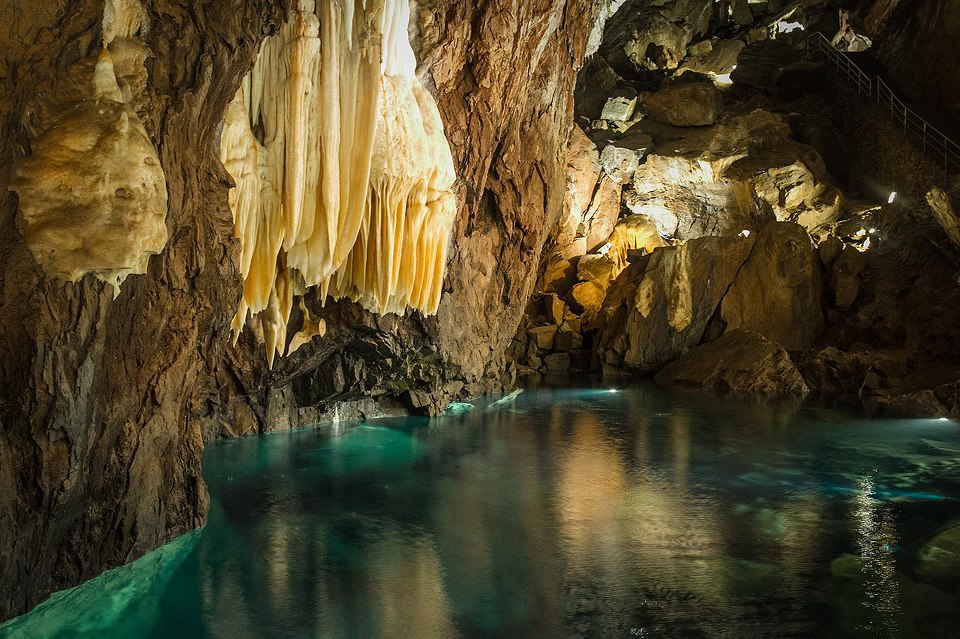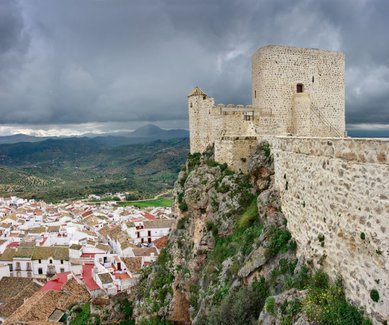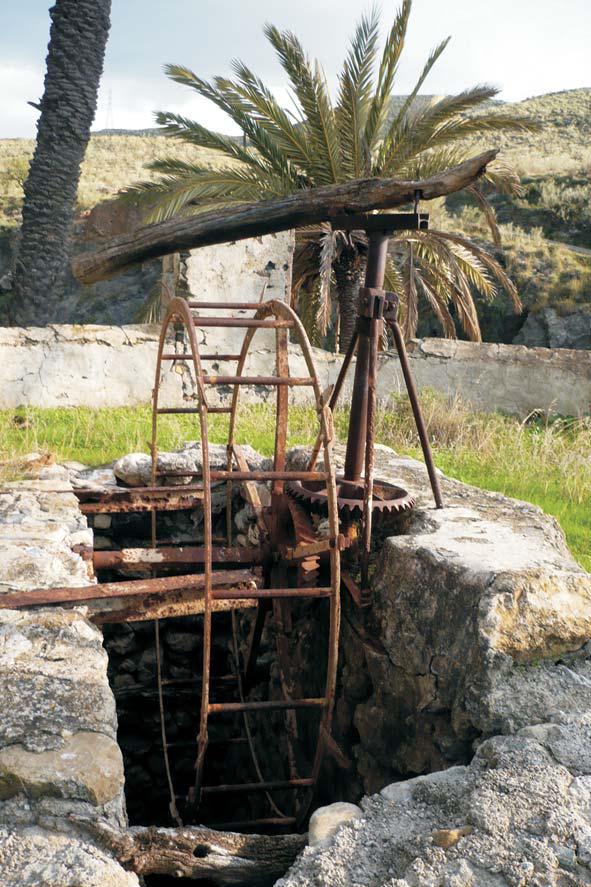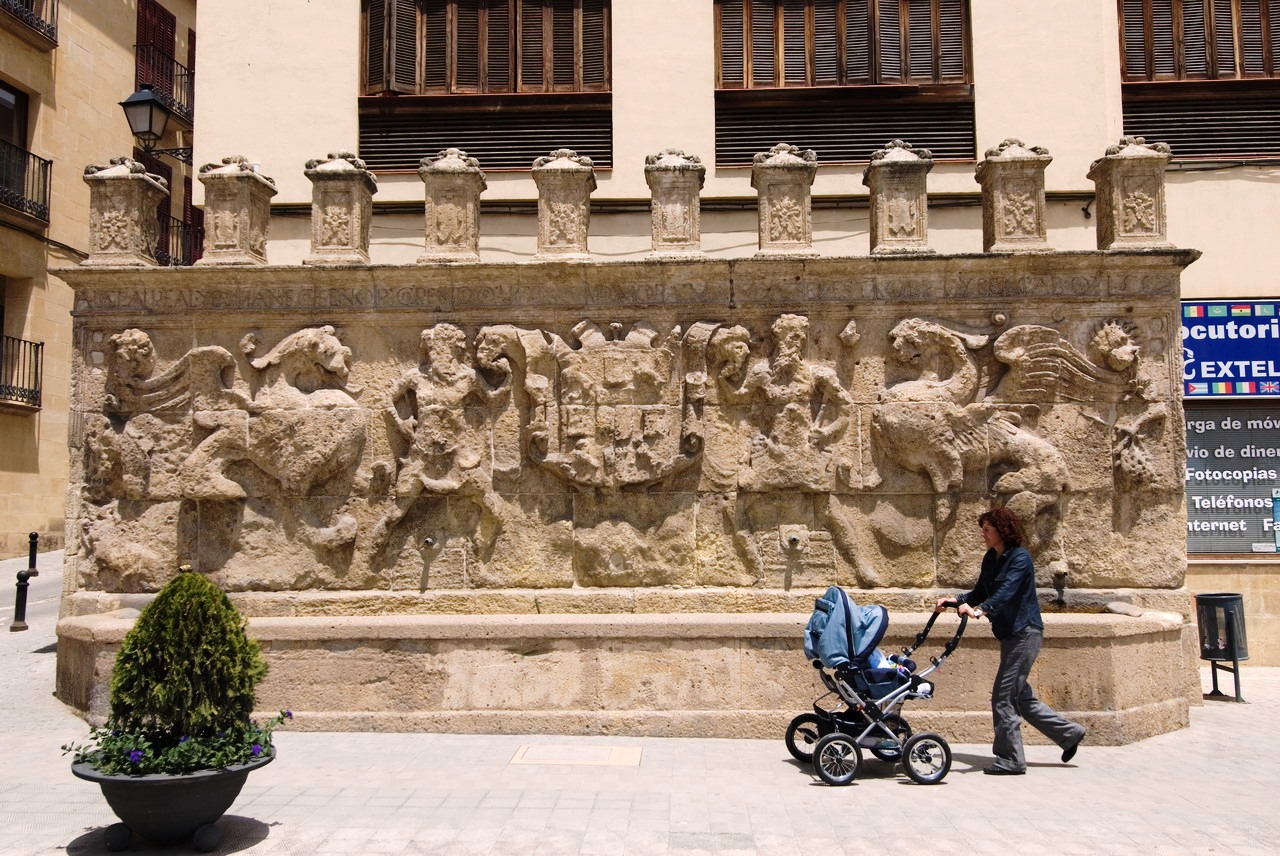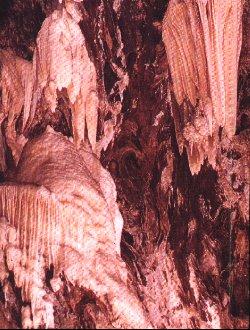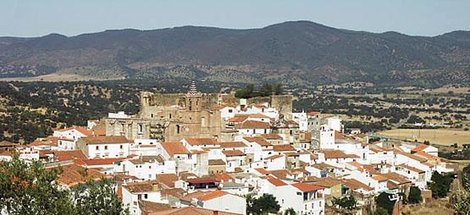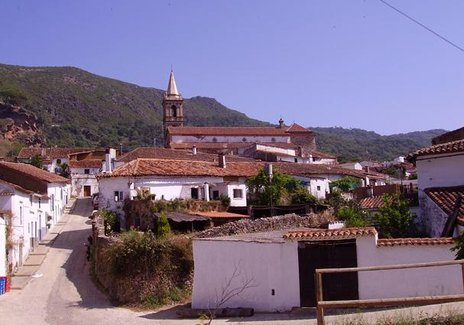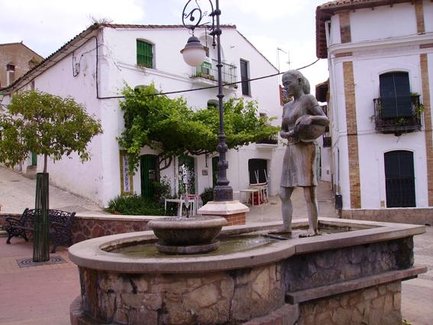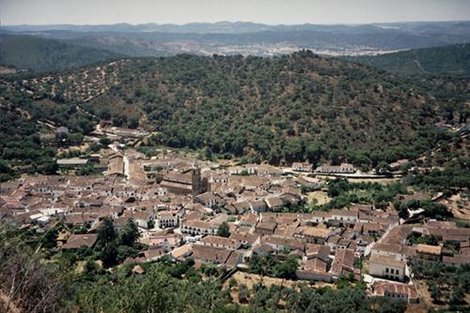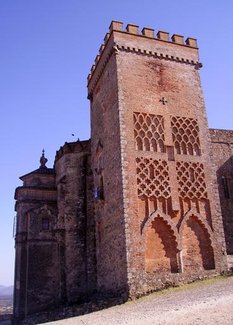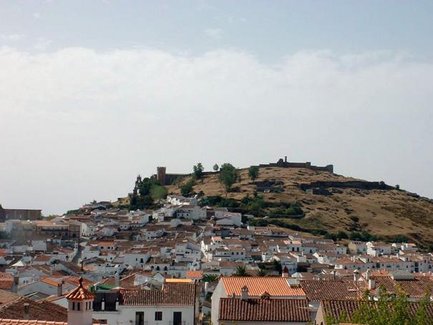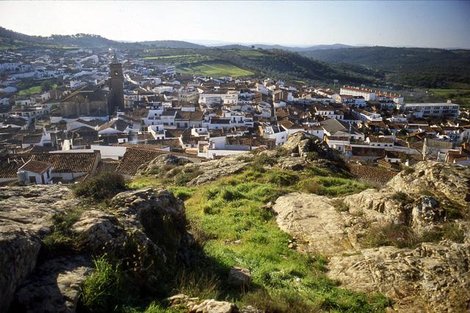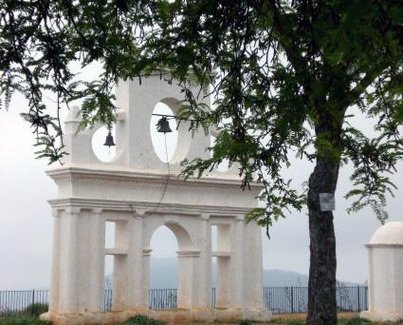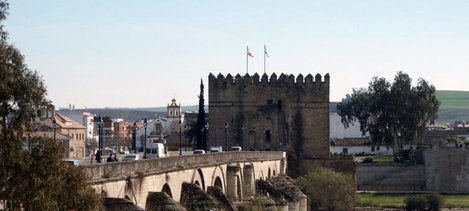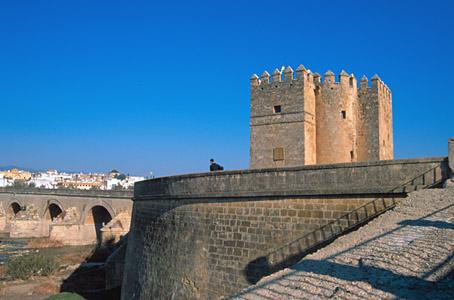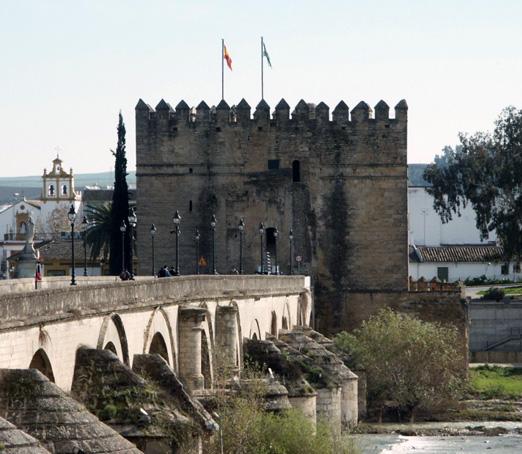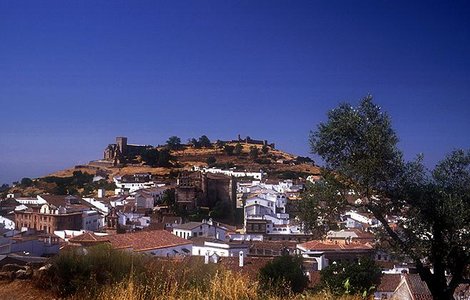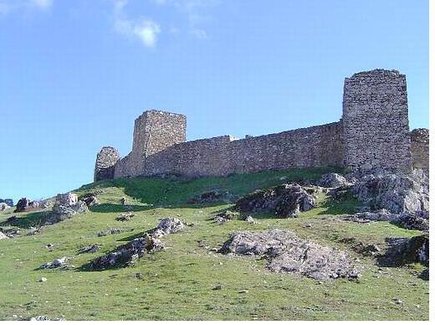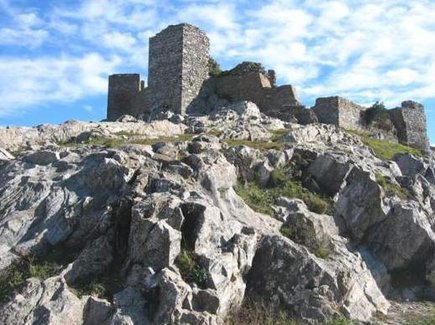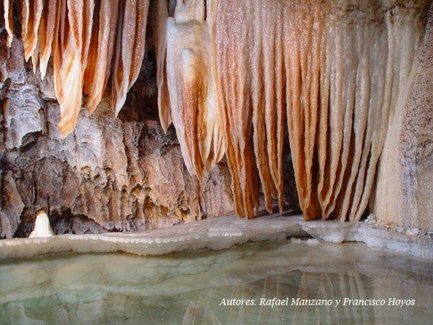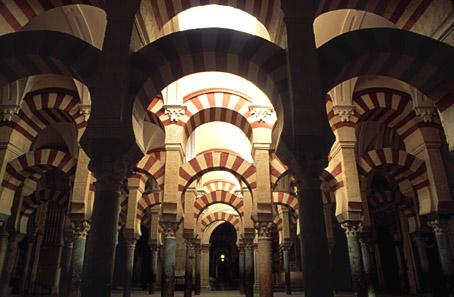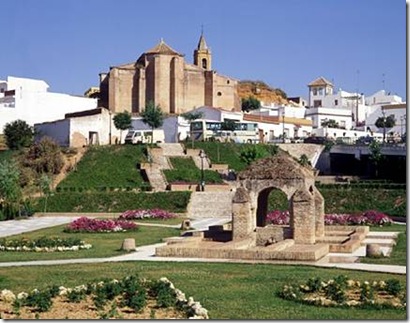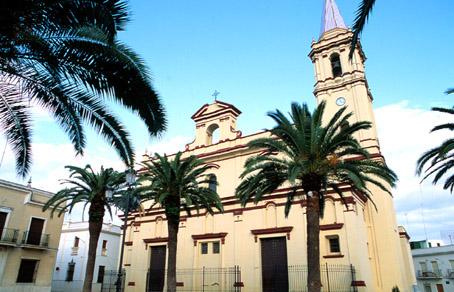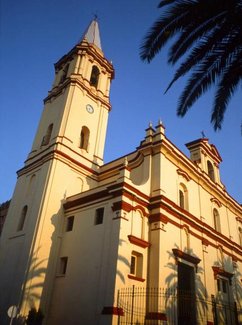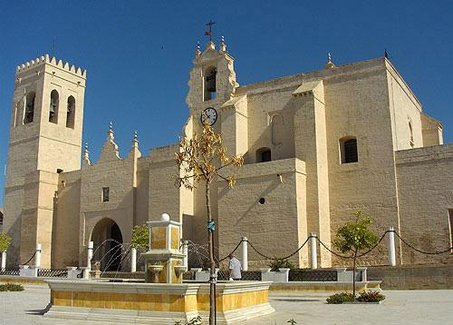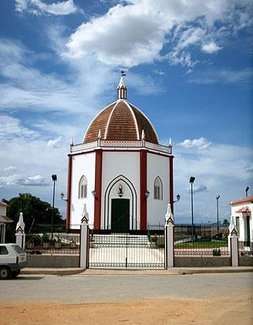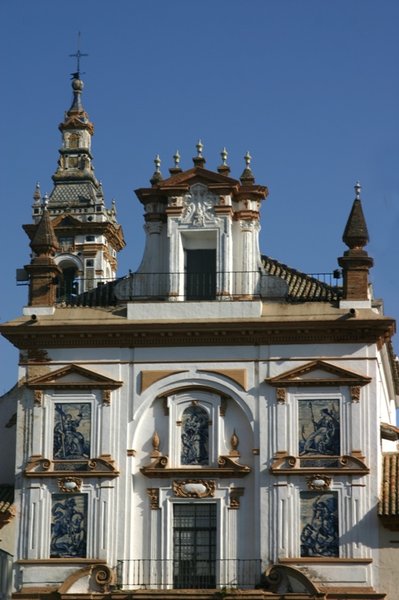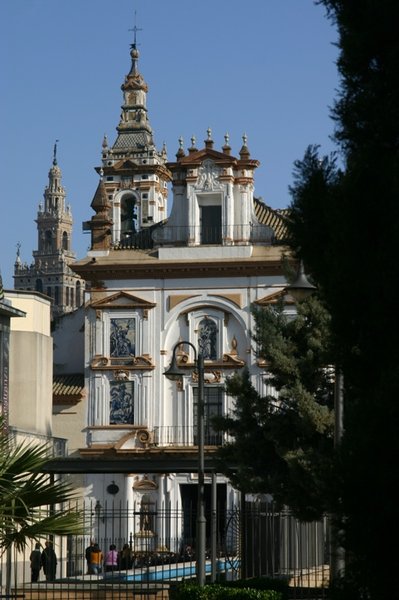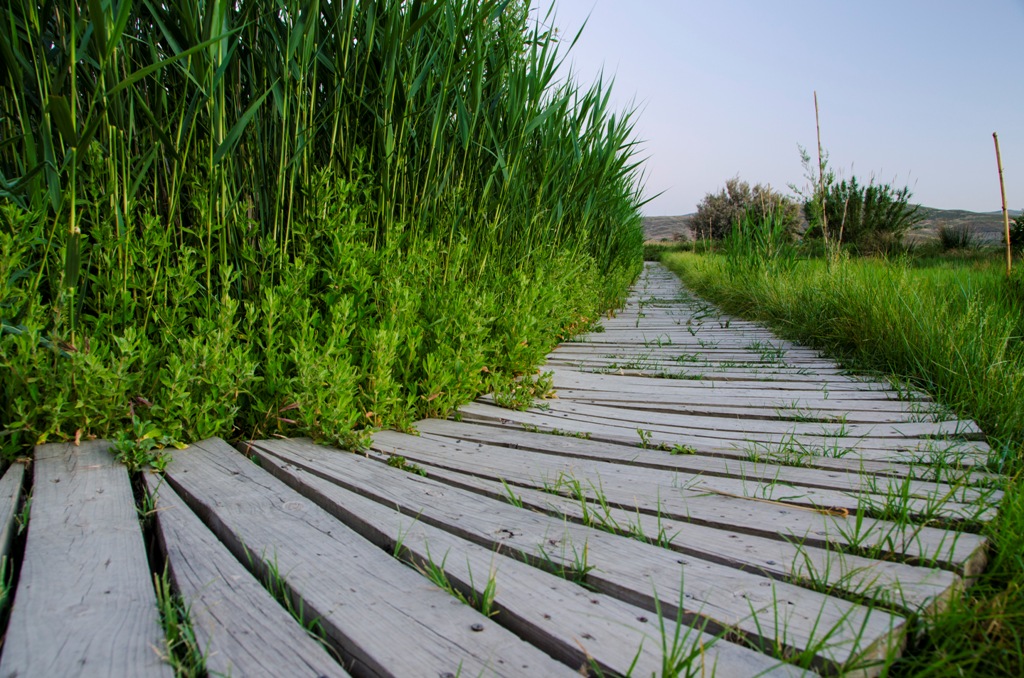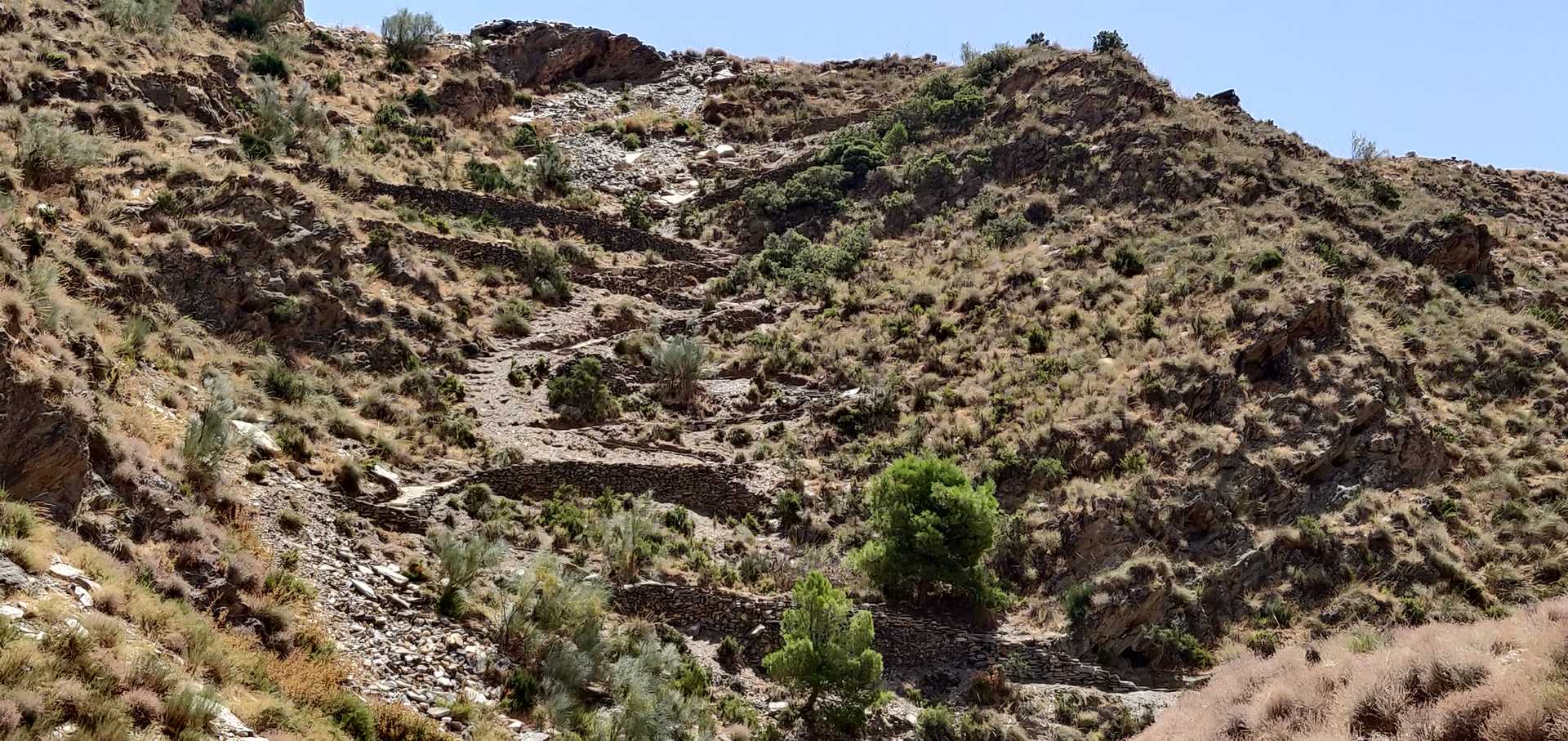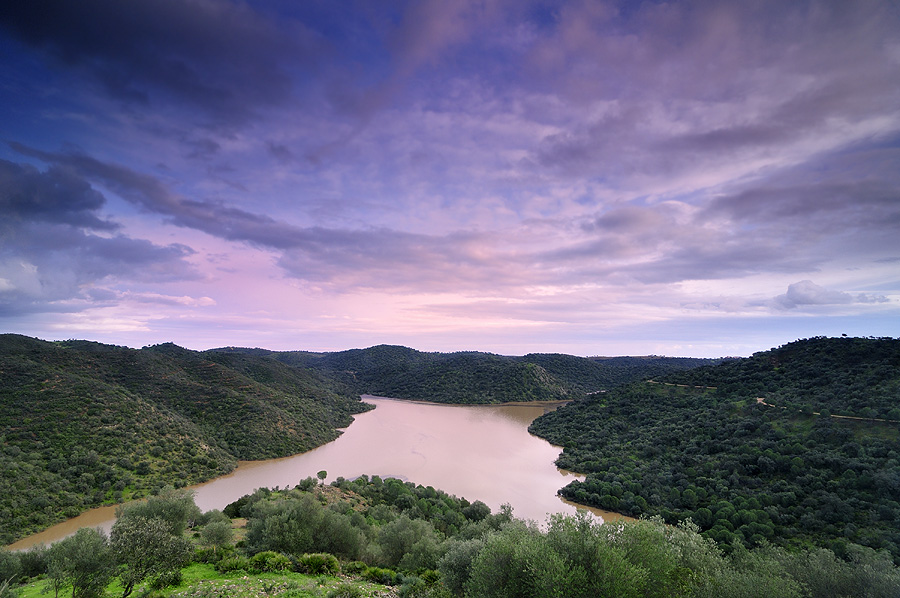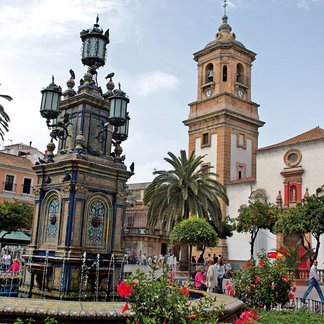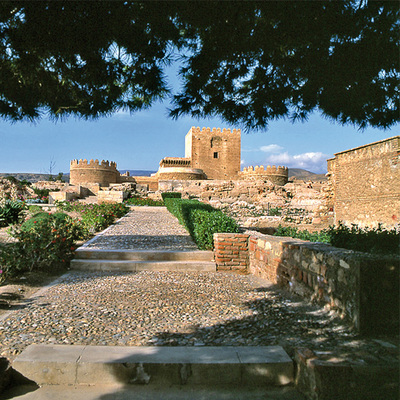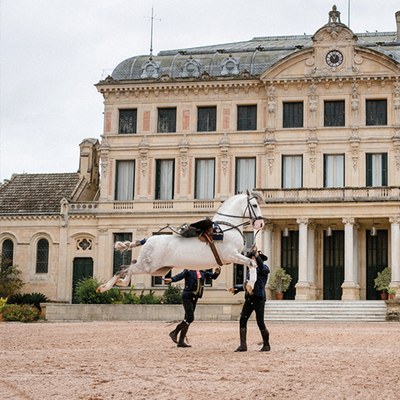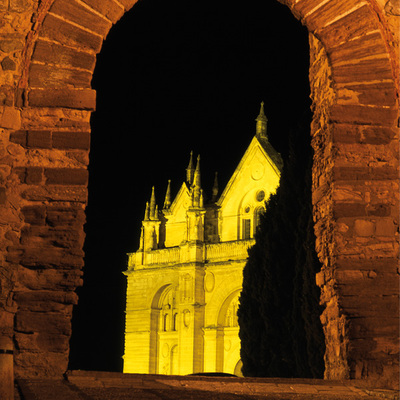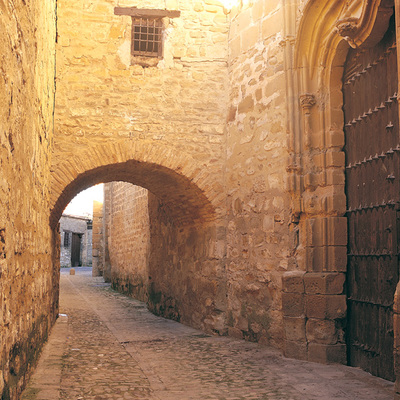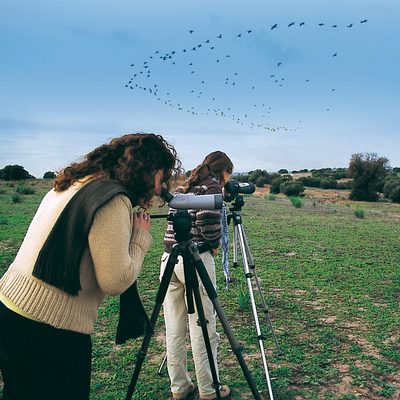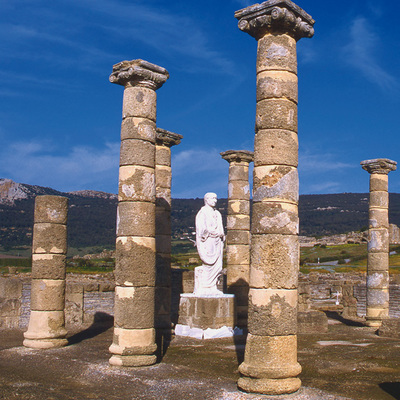ON THE FOOTSTEPS OF THE KNIGHTS TEMPLARS. HUELVA, SEVILLE, CORDOVA.
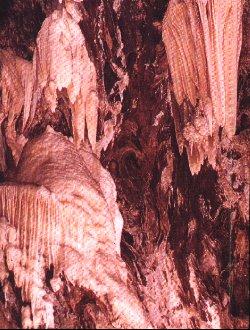
The Aracena hills, where the province of Huelva meets the boundary with Portugal and the region of Extremadura, are one of the areas of Spain with most Templar remains.
In addition to Caravaca, Ponferrada, Monzón and Miravet, it constitutes the core of Templar memory in the peninsula, along with Tomar in Portugal.
The Order of the Knights Templar, which managed to get established in Andalusia between 1253 and 1258, when Islamic power began to dwindle, made Aracena one of its strongholds. Symbols and signs of this mysterious order of Christian knights can be found just about everywhere in these parts. Even the town´s coat of arms includes many of them.
Here, the Templars rebuilt the fortress they found upon their arrival. Some of the rooms can still be observed, as well as part of the towers and some of the wells.
The castle church is a good example of the syncretism between Islam and Christianity, incorporating Gothic elements to Sufi symbolism.
Exactly underneath the Templar castle, there is one of the most original caves in Andalusia: Gruta de las Maravillas. Many people think that there was a communicating passage between the two, but it has not been found to date.
This fact would explain the importance that Aracena had for the Knights Templar, persecuted until their suppression in 1334 and needful, therefore, of places in which to hide. Some of the spaces in the cave have names like "Cathedral", "Mihrab", "Ostensory", or the "Fountain of El Galápago", which reinforce sacred inferences, nearly like an esoteric temple, provided by the geological and limestone formation.
Not far from Aracena, there is another place of great interest for its mysterious references: Alájar and its famous Peña with the hermitage of Nuestra Señora de los Ángeles. According to the initiates, this Peña is a point of confluence of great telluric power that has always attracted men of knowledge.
In the 16th century, it was the confessor of Philip II, Benito Arias Montano, who followed in the footsteps of St. Victor, of the 12th century. This tradition has remained until our day, and in a small house at the foot of the Peña, there lived the last "guardian of the secrets", a theosopher named Antonio Alonso Vital.
Nobody yet knows who his successor will be. Other places in the province of Huelva were also possessions of the Templars, such as Villalba del Alcor, where there is still the church of San Bartolomé and the octagonal hermitage of Santa Agueda. Trigueros is also interesting, with the church of San Antón de los Templarios and the Soto Dolmen, one of the most outstanding sacred monuments of Andalusian prehistory, which includes an imposing corridor with representations of human heads with their mouths covered.
On the coast, you will find the monastery of La Rábida (Palos de la Frontera), a Franciscan convent where Columbus prepared his first journey. It is a place of worship and knowledge from long ago, La Rábida belonged to the Templars and before that, was a "ribbath", a fortress of Fatimite warrior-monks. From this perspective, in a place for initiates, the presence of Columbus acquires all its meaning. It is here that the best cosmographers and astronomers in the kingdom were to be found, closely linked with the school of navigation at Sagres, in Portugal, also a Templar possession.
The order also had a house in Seville, though the exact spot is not known. However, it is odd to find their motto "Non nobis, domine" in the church of La Caridad, home of a fraternity of Christian gentlemen founded in the 17th century by Miguel de Mañara, which members of the aristocracy of Seville still belong to in our day. The Knights Templar also had a refuge in Córdoba, and it seems to have been in La Calahorra Tower.
Nowadays, it is meeting place for the three religions - Muslim, Hebrew and Christian - that appears like the modern version of the Templars´ syncretic ideal.
Itineraries
Services and infrastructure
Specialties
You may be interested
